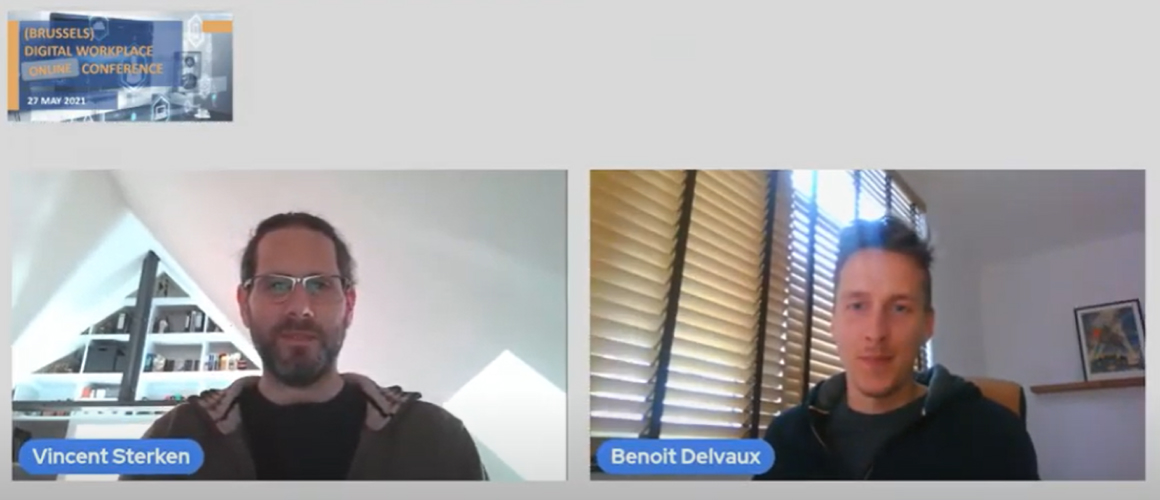
How John Cockerill is building a more collaborative Digital Workplace
- people
- discrete manufacturing
- engineering & projects
- Microsoft
In order to continue innovating and writing new chapters in its rich and successful history, John Cockerill needs to combine all its strengths. To do this, it has committed to building a Digital Workplace, i.e. a more modern, efficient and collaborative working environment, without compromising on security. The choice was made to use Office365 and Teams in particular as the new hub for teamwork.


